laPALMa HABITAT GARDEN
Native Bees Hover Flies Butterflies Moths
BUTTERFLIES - ORDER LEPIDOPTERA
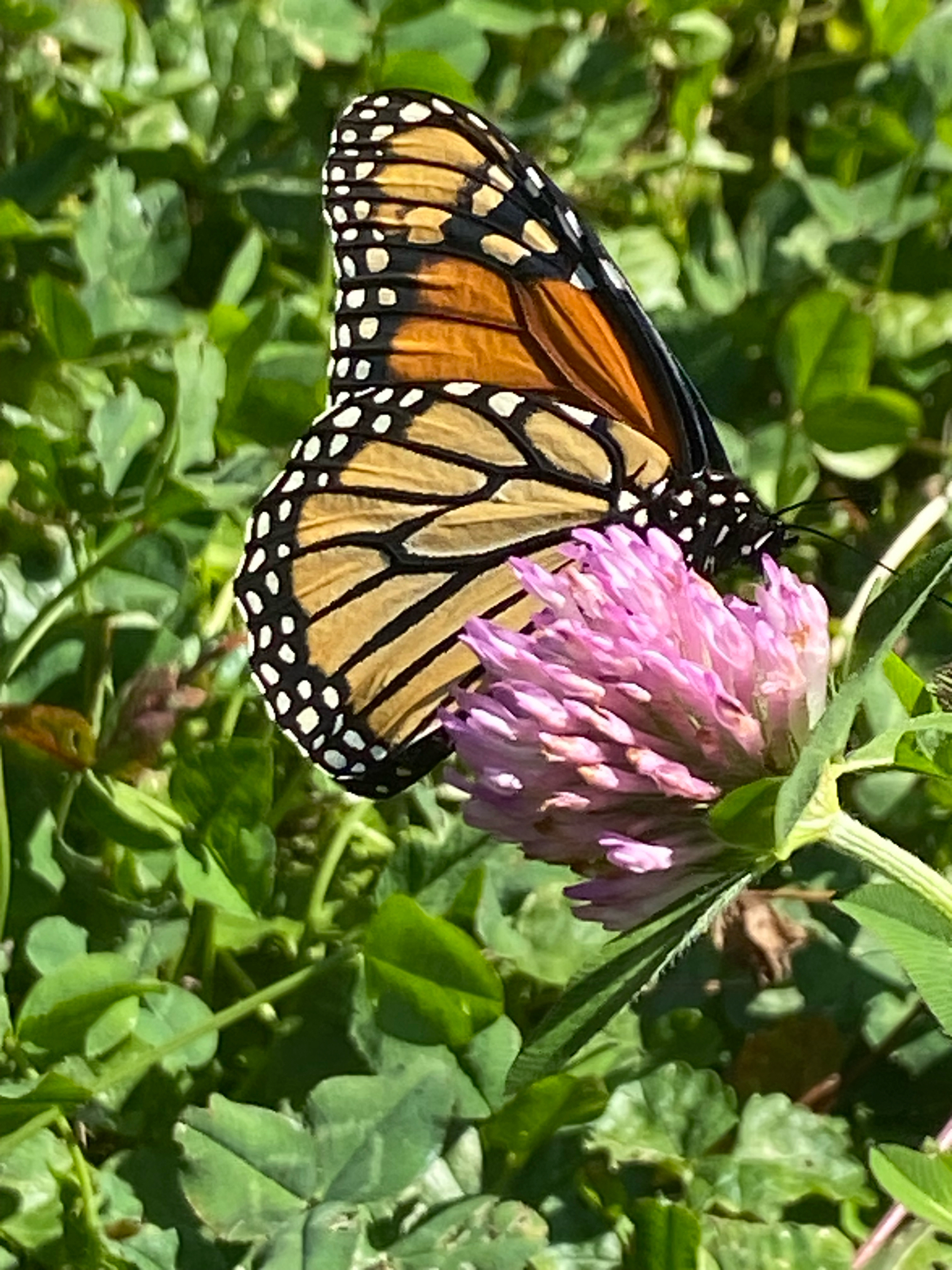
Monarch (Danaus Plexippus) observed on Red Clover (Trifolium pratense). (iNaturalist)
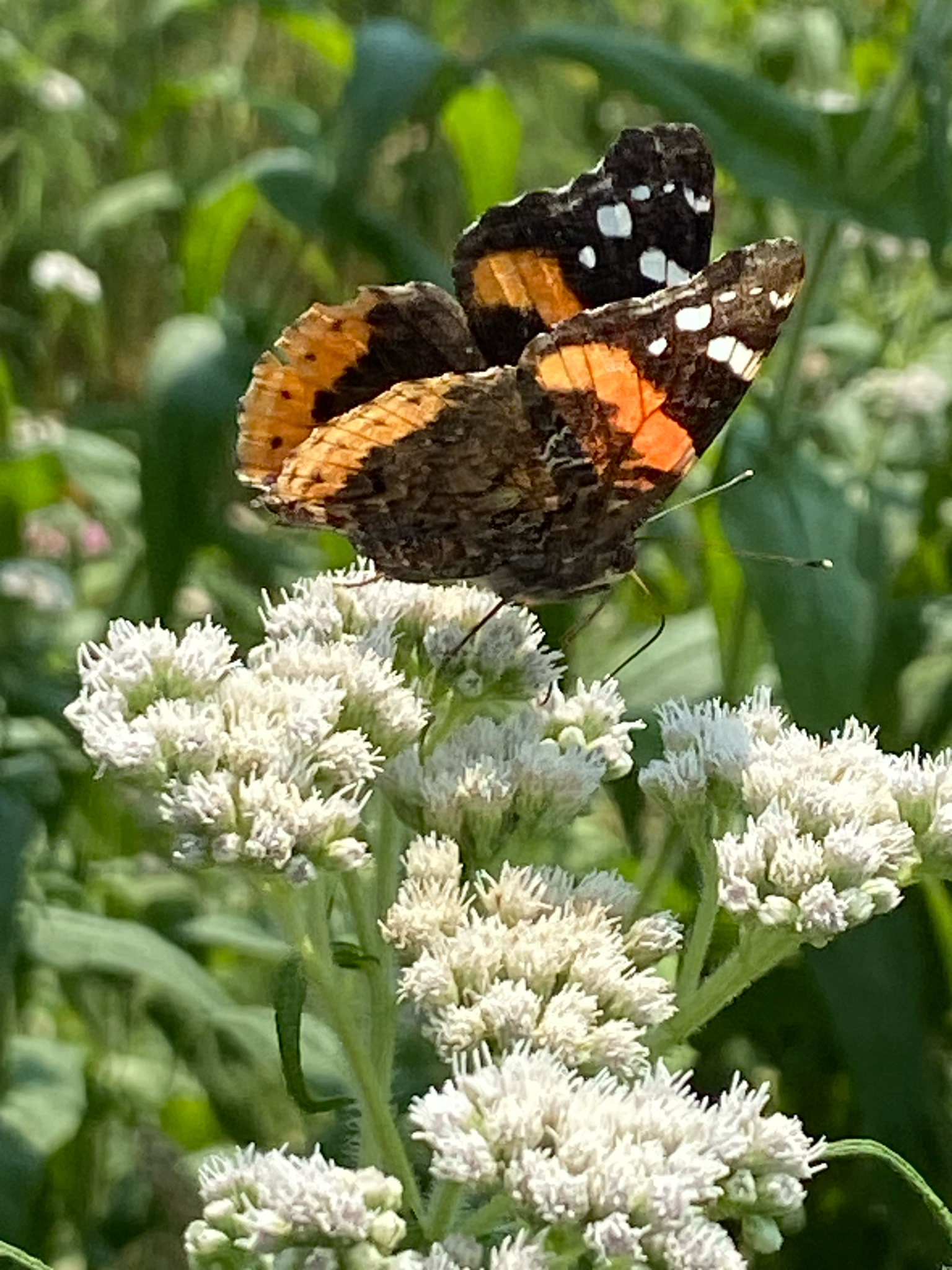
Red Admiral (Vanessa atalanta) observed on Common Boneset (Eupatorium perfoliatum). (iNaturalist)
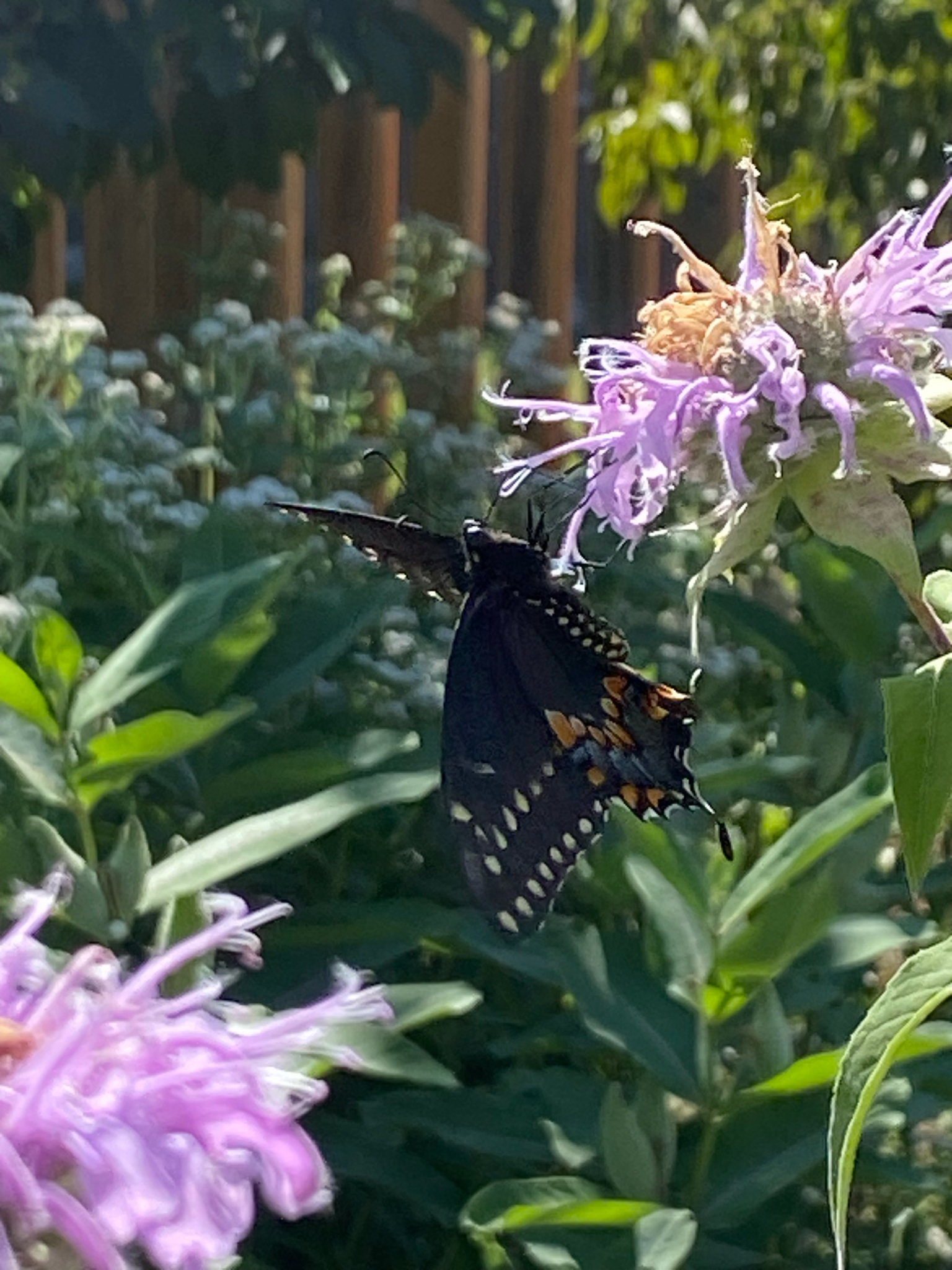
Black Swallowtail (Papilio polyxenes) observed on Bee Balm (Monarda fistulosa). (iNaturalist)
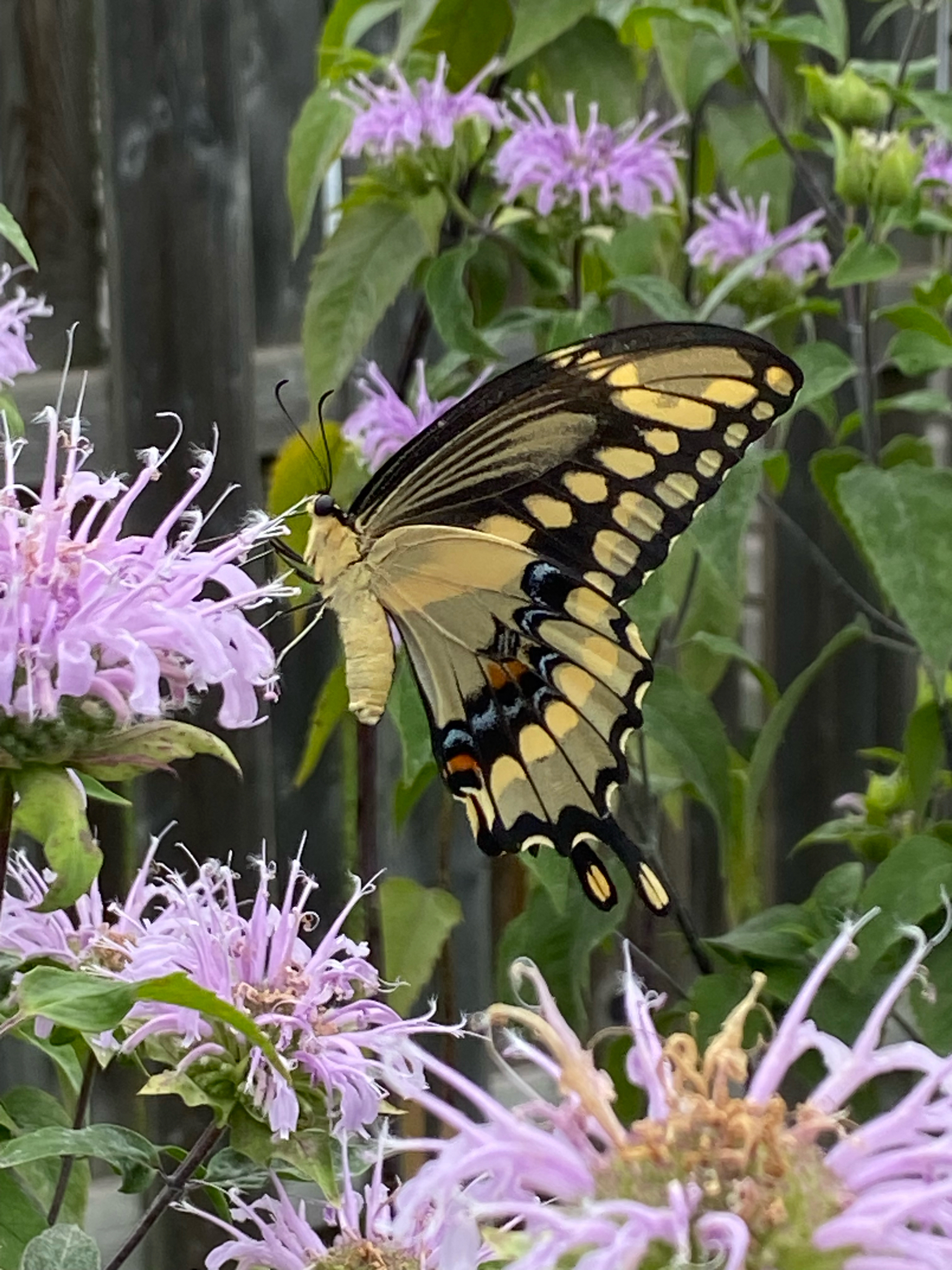
Eastern Giant Swallowtail (Heraclides cresphontes) observed on Bee Balm (Monarda fistulosa). (iNaturalist)
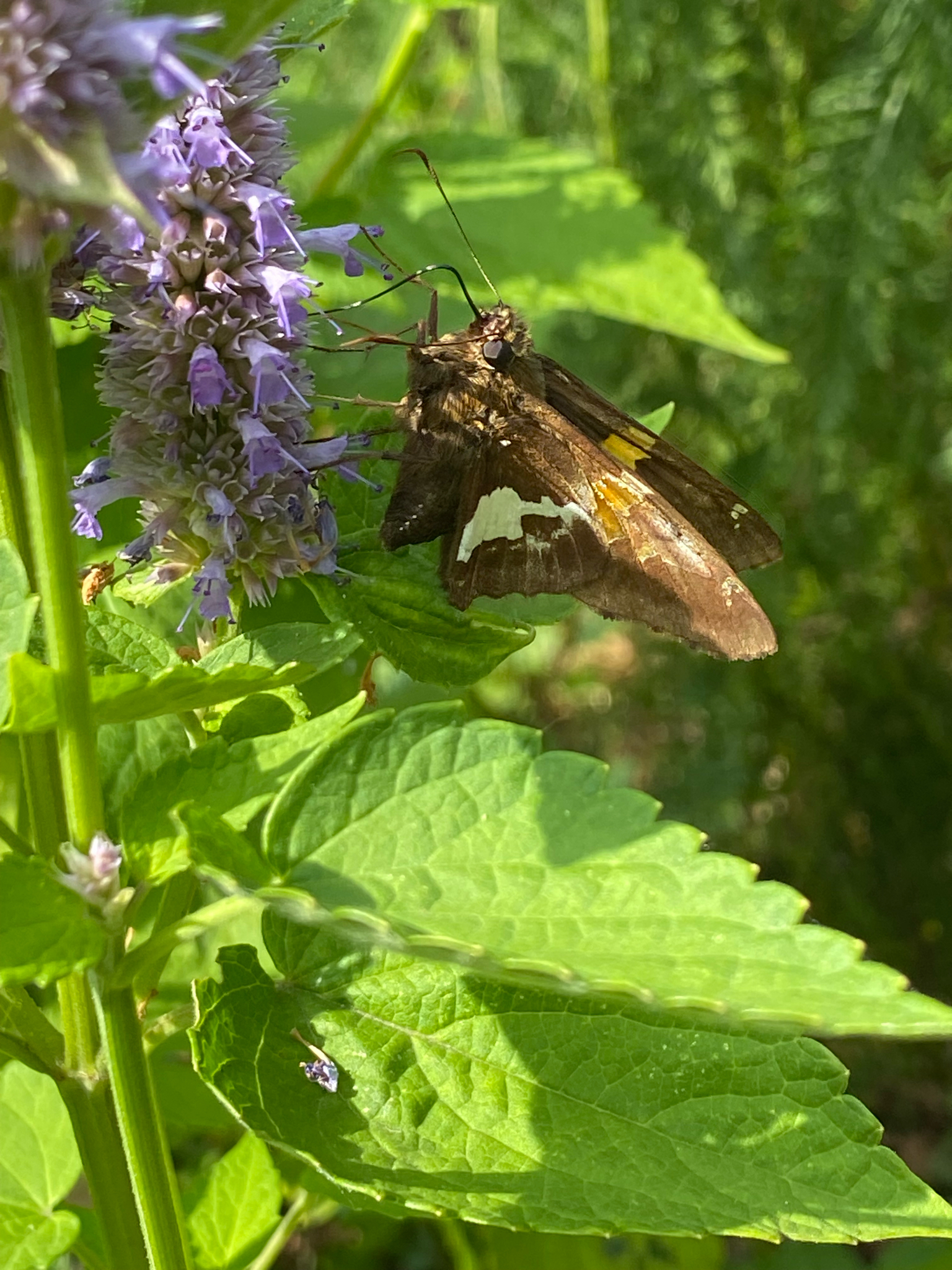
Silver-spotted Skipper (Epargyreus clarus) observed on Anise Hyssop (Agastache foeniculum). (iNaturalist)
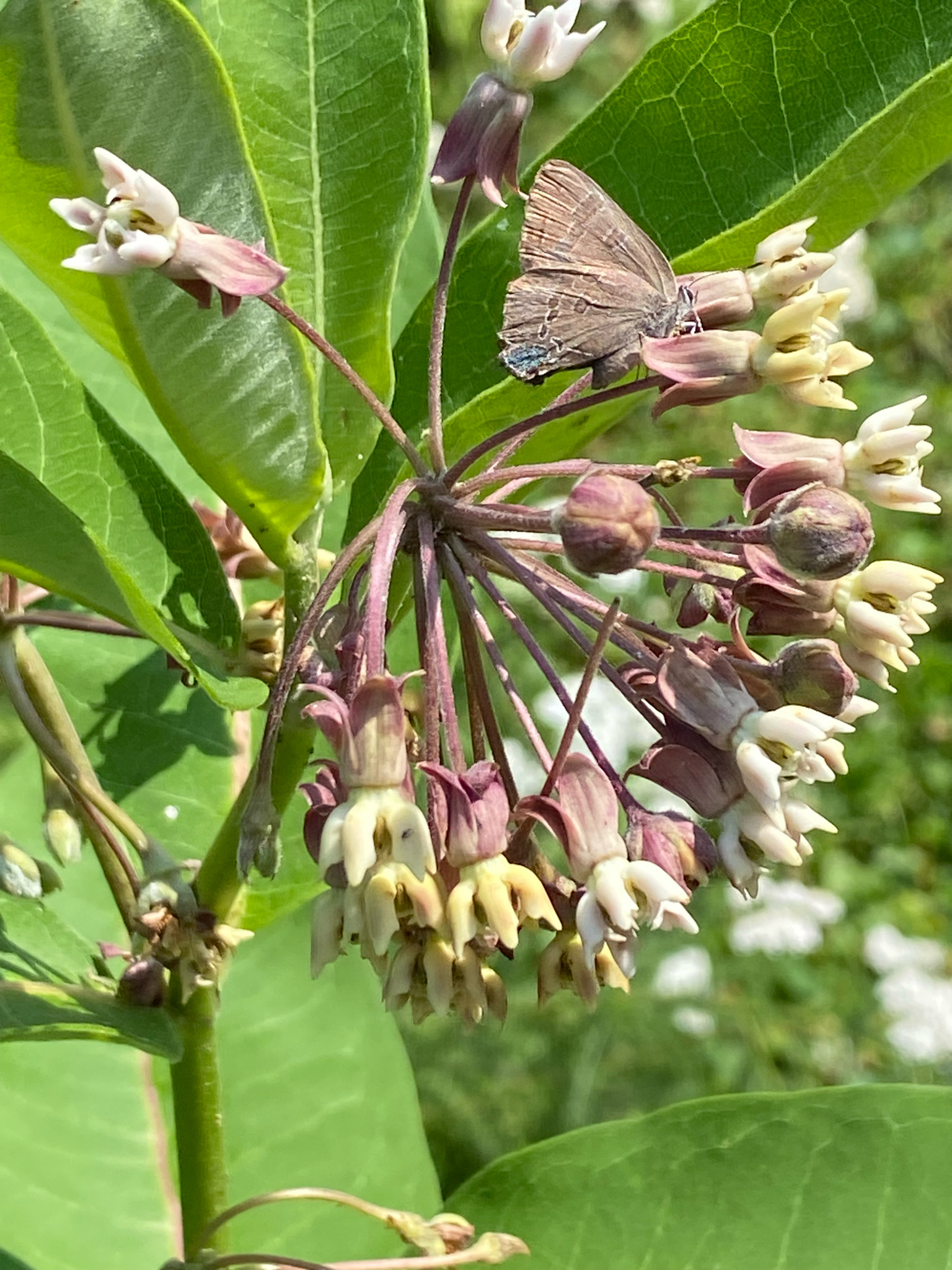
Hickory Hairstreak (Satyrium caryaevorus) observed on Common Milkweed (Asclepias syriaca). (iNaturalist)
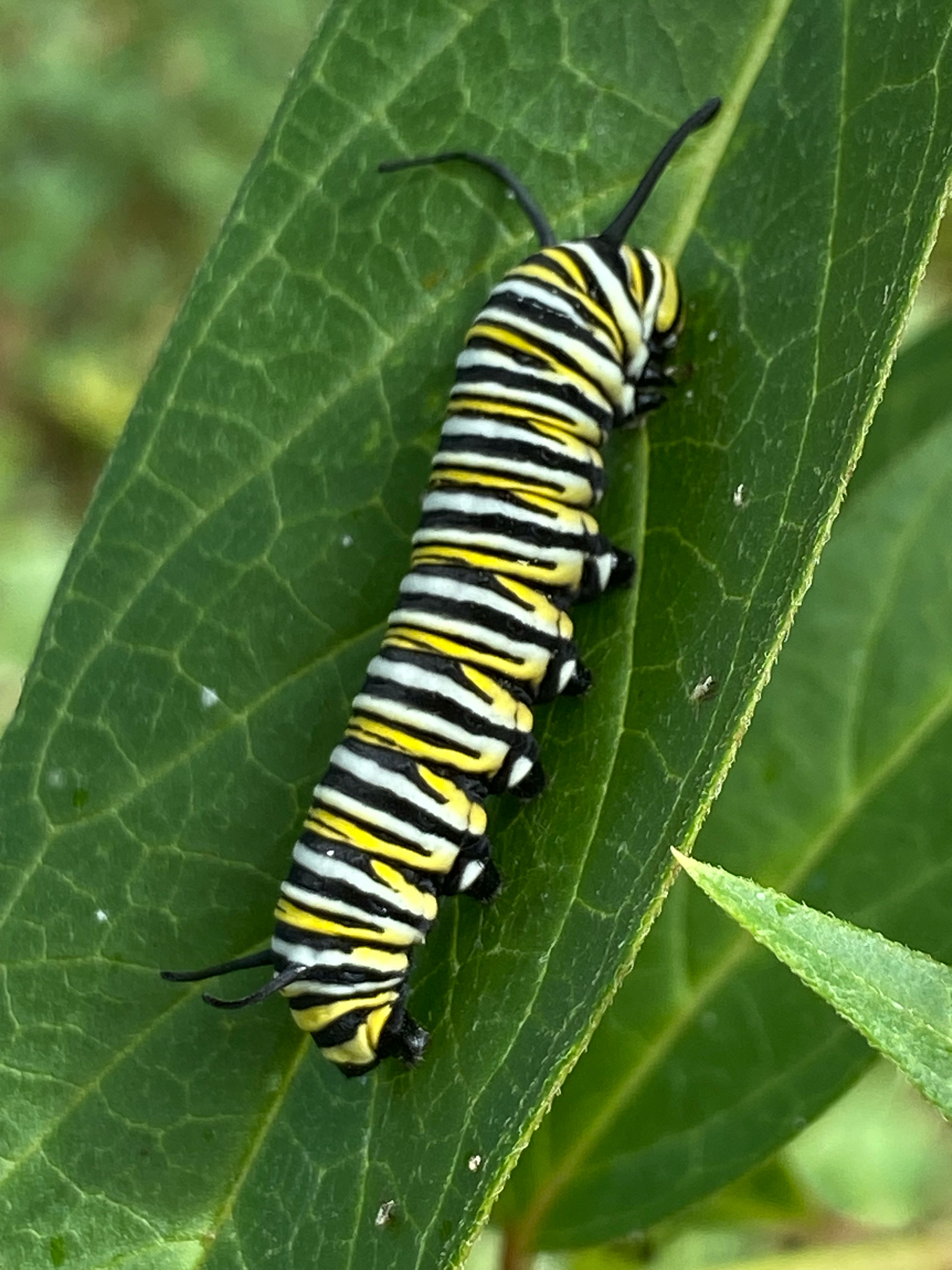
Monarch (Danaus Plexippus) observed on Swamp Milkweed (Asclepias incarnata). (iNaturalist)